It’s an unfortunate fact of life that, no matter how much you care about your plants, they sometimes die, even if you feel like you’re doing all the right things. There are all sorts of reasons for why this might be, but one of the most common mistakes is under or overwatering. Don’t feel bad, as you’re no doubt just trying to give your houseplants the water they need. Regardless, you should still make some changes, so here are some indoor plants that might be dying because you’re watering them wrong.
Snake Plant
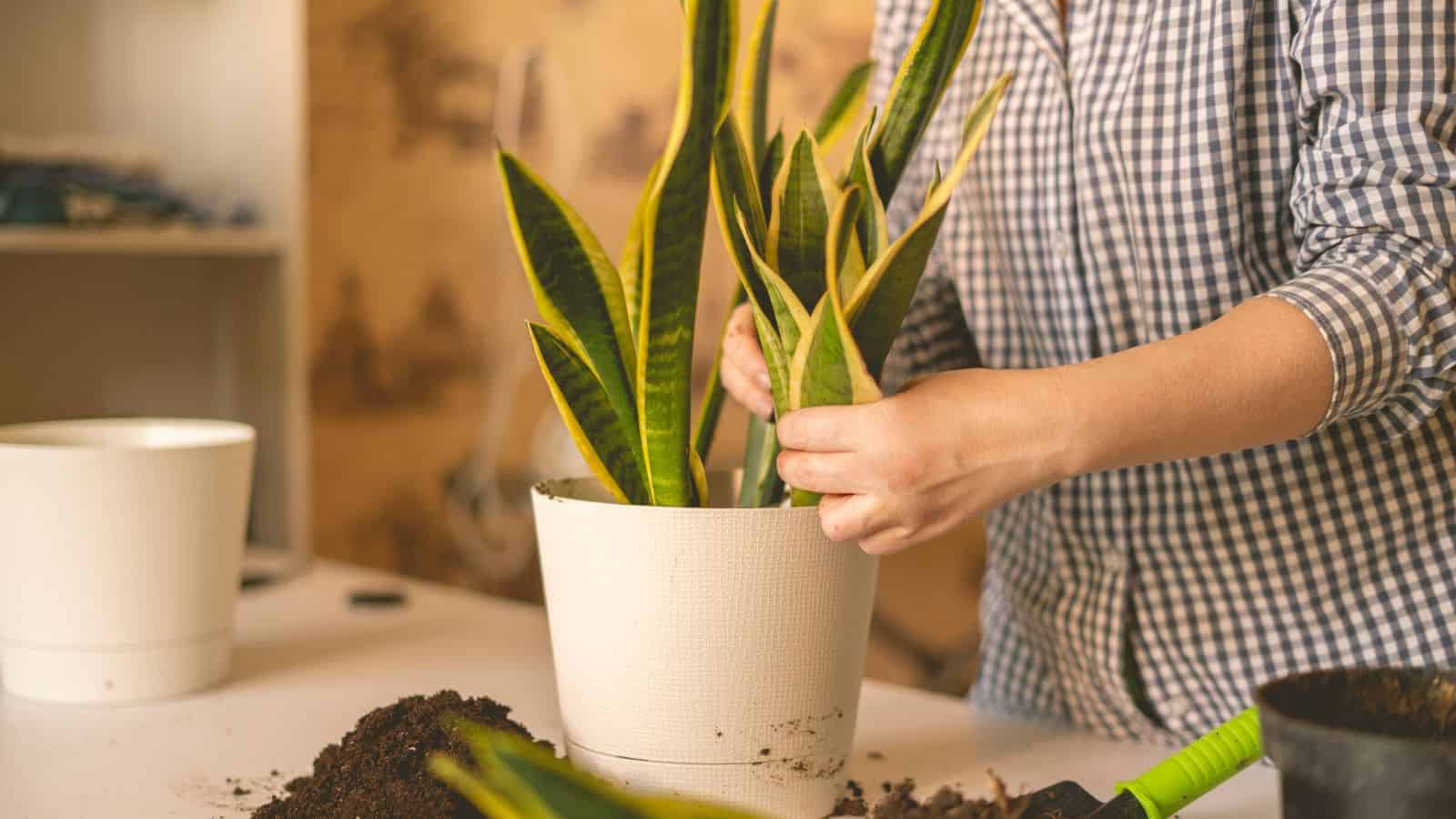
If you have a snake plant at home, you have to realize that they thrive on neglect, preferring dry soil over soggy roots. They don’t need constant watering—just a drink every two to four weeks, depending on your home’s humidity. In fact, too much water can lead to root rot, which makes the leaves mushy and unhealthy. So, if you notice your snake plant withering away, the last thing you should be doing is giving it more water.
Succulents
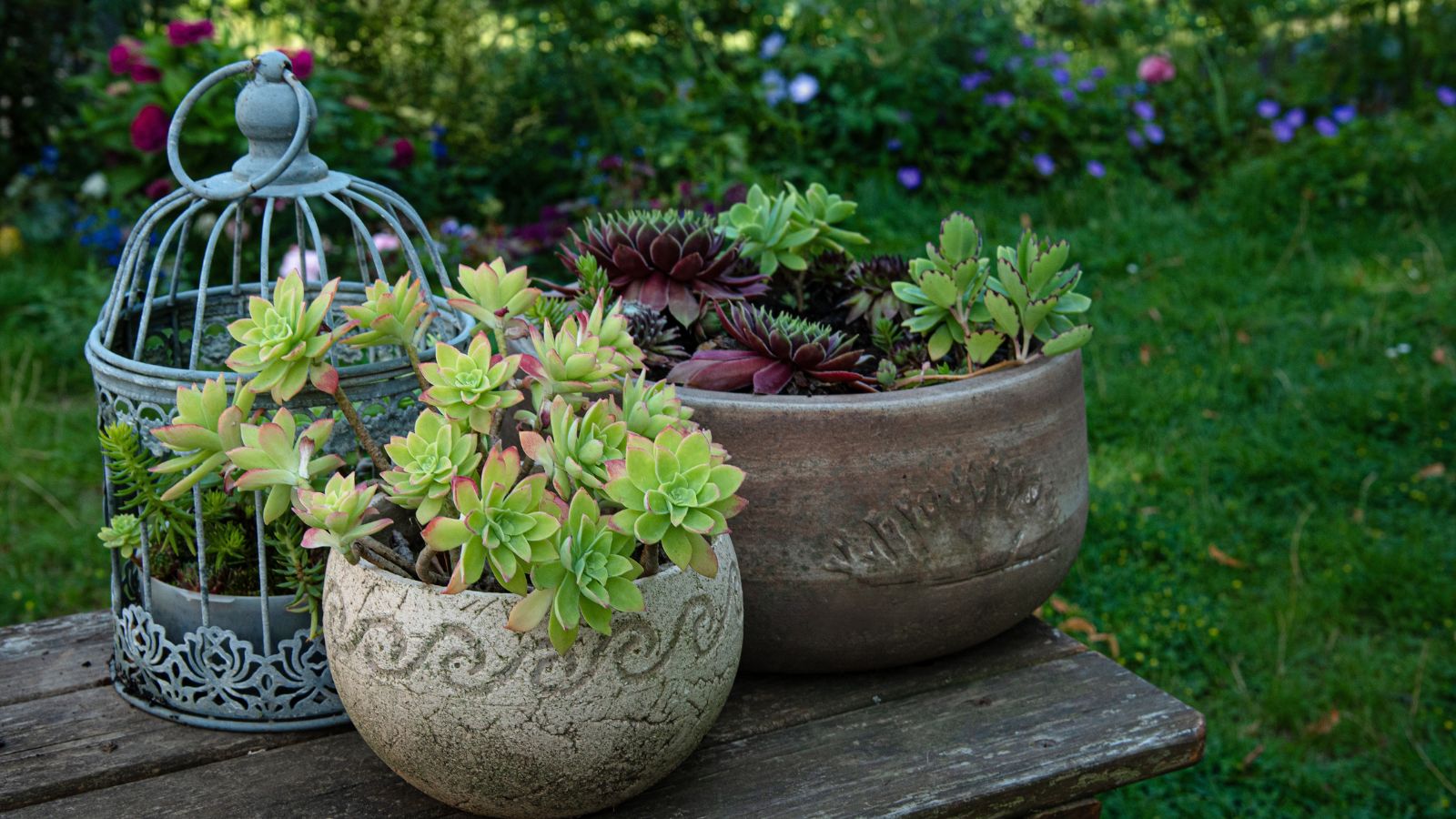
Aloe vera, cacti, and other succulents are famous for storing water in their thick leaves and are, therefore, quite sensitive to overwatering. Just like with the snake plant, giving them too much water can wreck their livelihood, causing their leaves to become soft and mushy. In general, a good rule is to let the soil dry out entirely before watering again, so make sure you put them in well-draining soil within a pot with holes in it.
Peace Lily
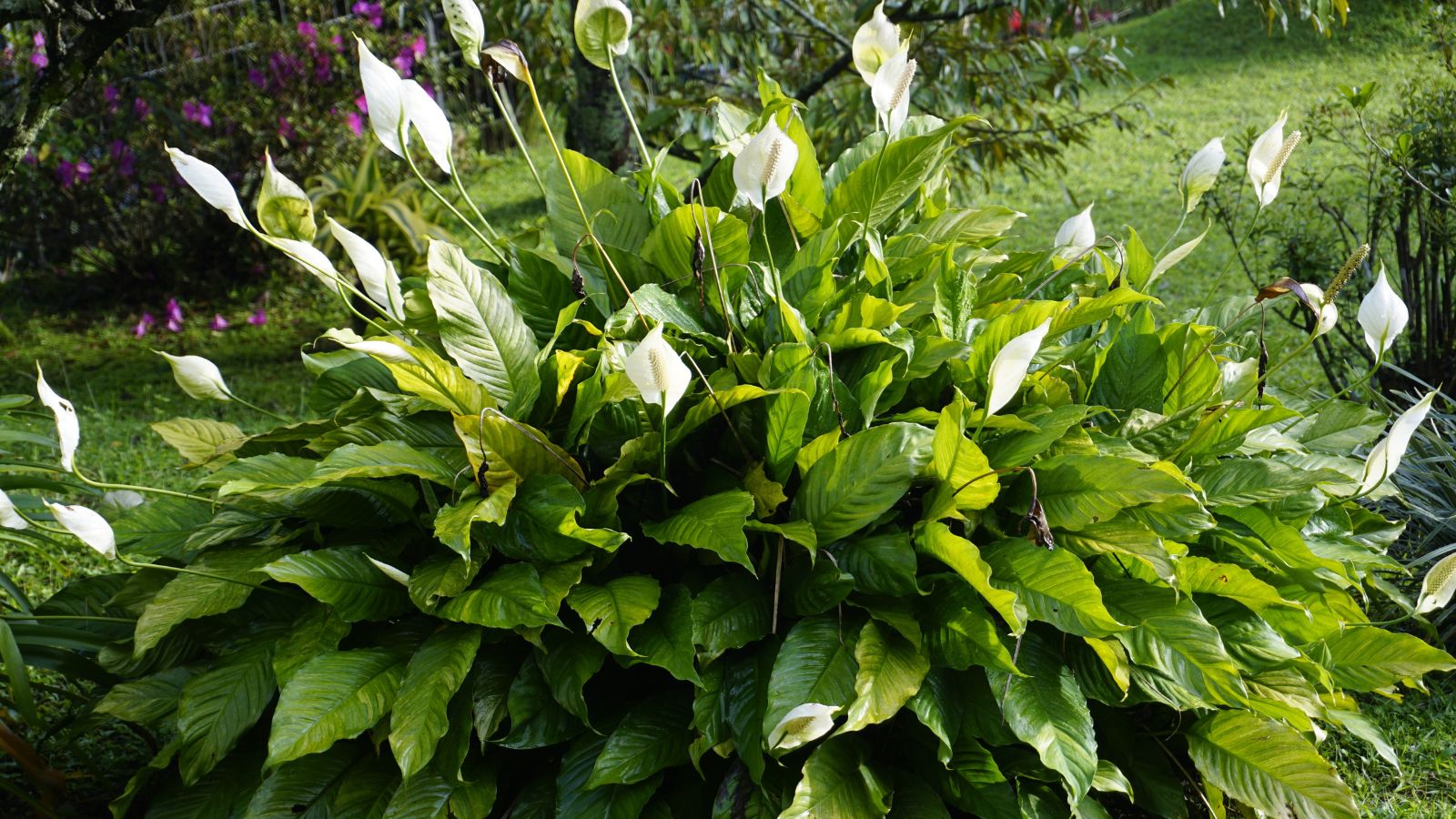
Have you noticed that your peace lily is starting to go droopy? If so, you might be giving it too much or too little water. These plants thrive when their soil is kept evenly moist, and therefore, both overwatering and underwatering can cause drooping. For guidance, water it when the top inch of soil feels dry, and your peace lily should hopefully make a return.
Spider Plant

Another indoor plant that you might be accidentally killing by watering them wrong is the spider plant. Brown-tipped leaves are often the result of overwatering or tap water with high mineral content. To prevent this, let the soil dry out between waterings, and use filtered or rainwater if possible.
ZZ Plant
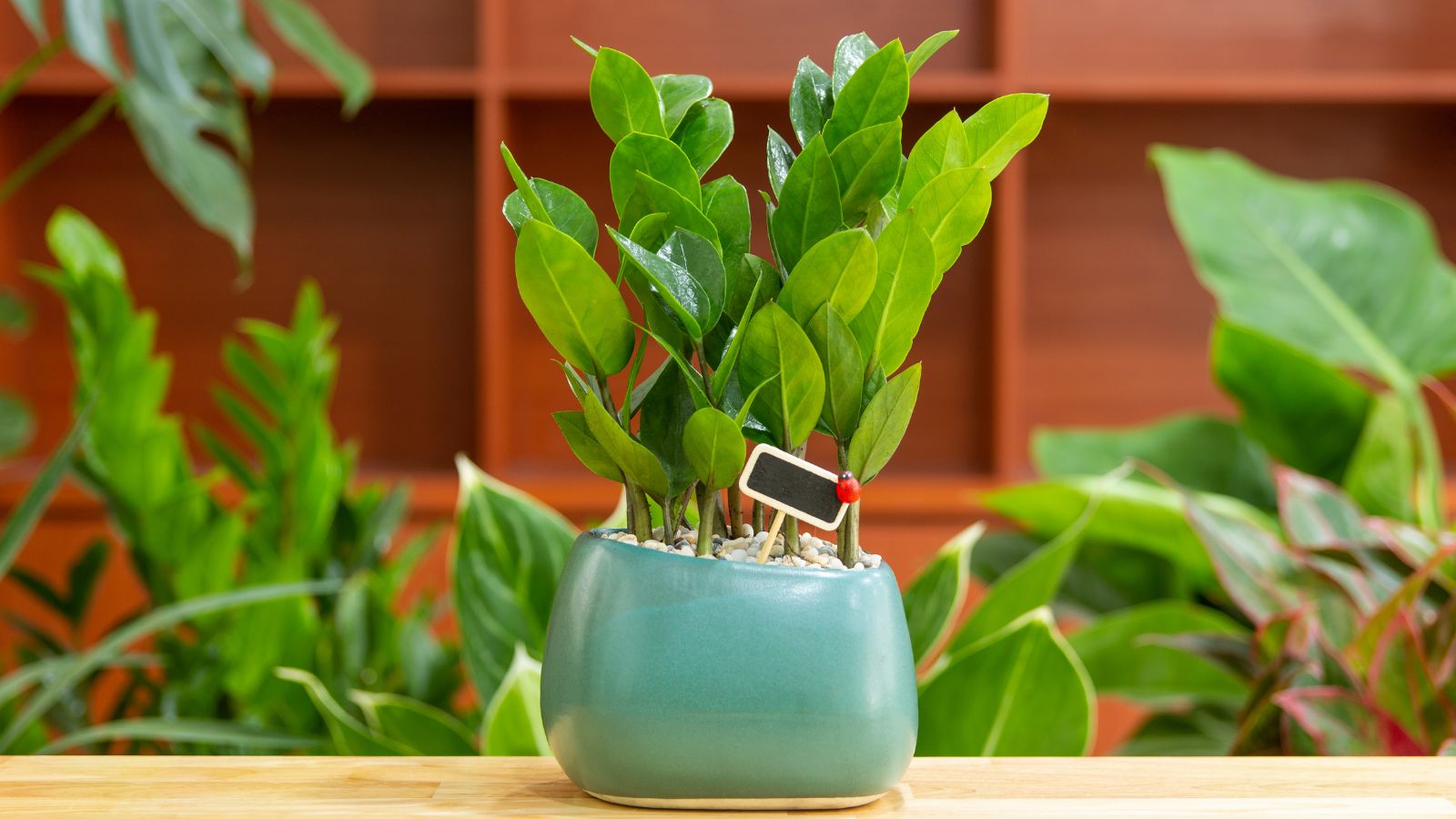
You might not be aware that the ZZ plant is incredibly drought-tolerant, and as a result, too much water is not good for it. Overwatering can lead to yellowing leaves and root rot, which could potentially signal the end of your beloved plant. Water is stored in the ZZ’s thick rhizomes, and, therefore, it only needs occasional watering–about once a month. So, as much as you love your ZZ plant, take a step back from watering and just let it do its thing.
Monstera

People often harm their monstera plants accidentally, as they don’t realize that this plant needs a balance of moisture without standing in water. So, if you notice yellow leaves, overwatering may be the problem, in which case, you should allow the top inch or two of soil to dry out before watering again. When you do water, let it drain thoroughly to keep the roots healthy and oxygenated.
Fiddle Leaf Fig
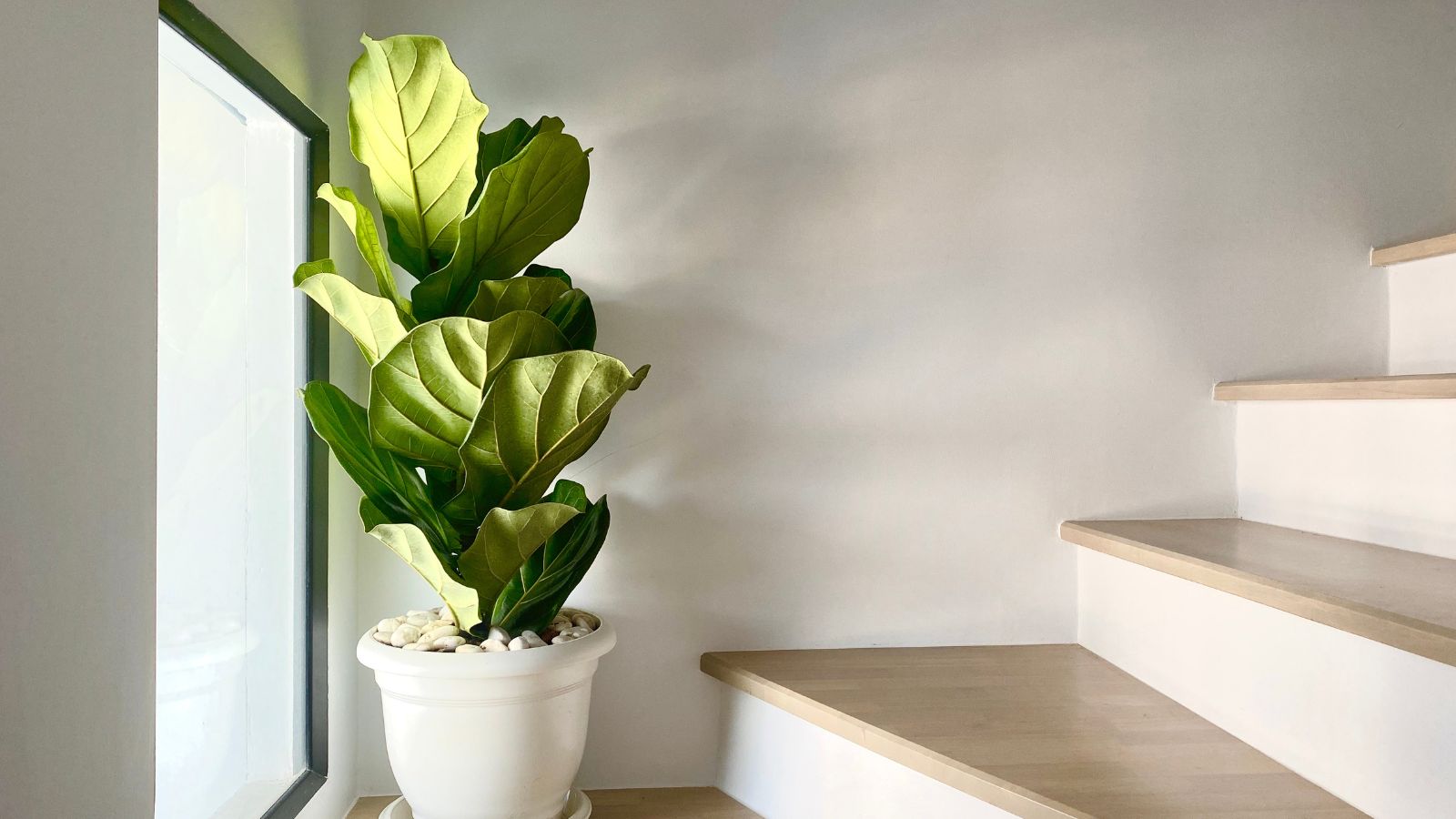
Sensitive to both too much and too little water, fiddle leaf figs are another temperamental plant when it comes to hydration. Their poor leaves will fall off if their precise water needs aren’t met, doing much better when they receive moderate watering, with the top inch of soil being left dry. Avoid letting them sit in water, as it can damage their roots, and your fiddle leaf will hopefully come back to live another day.
Calathea

Calatheas are known for their dramatic leaves, and they’ll kick up a serious fuss in the face of improper watering. You can expect to see curling or crispy edges, which isn’t good; these plants enjoy slightly moist soil but are sensitive to overwatering, so try to water them when the top inch of soil feels dry, making sure to use distilled or filtered water to avoid mineral buildup.
Pothos
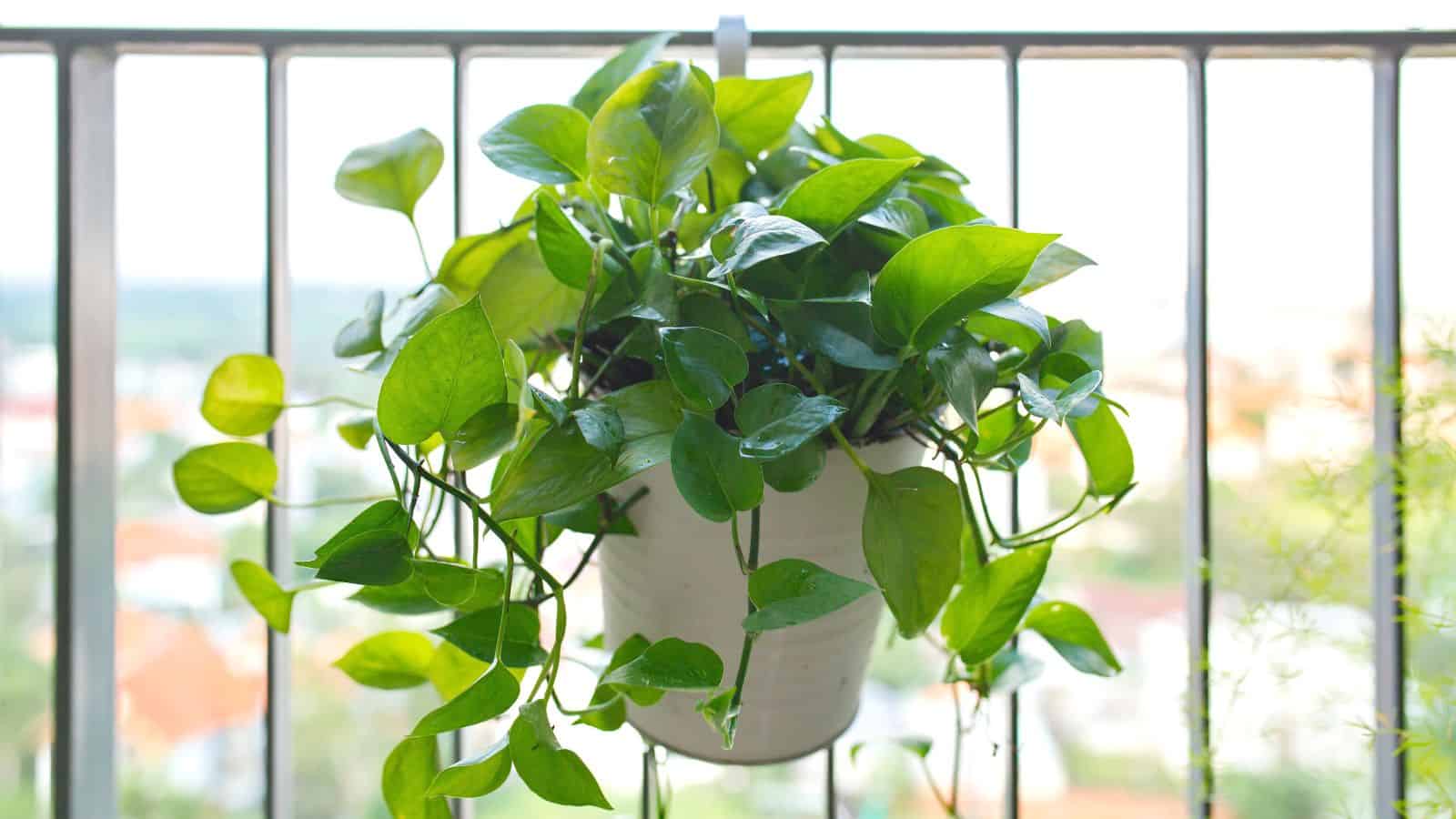
There’s no denying that pothos is a resilient plant, but it can still suffer if it’s overwatered, as with many plants on this list. Unfortunately, you’ll be met with yellowing leaves, at which point it’s time to start allowing the soil to dry out slightly before giving them another drink. Definitely avoid letting them sit in standing water, as this is a quick way to kill your poor pothos plant.
Ferns

Most ferns need a bit more moisture than other plants but are still sensitive to constant sogginess, so you’ll need to keep their soil evenly moist but not drenched. Sure, you should still water your ferns regularly, but you might want to reduce the amount of water that you give them each time, especially if you see the soil staying wet for too long, as it can lead to root rot and crispy fronds.
Rubber Plant
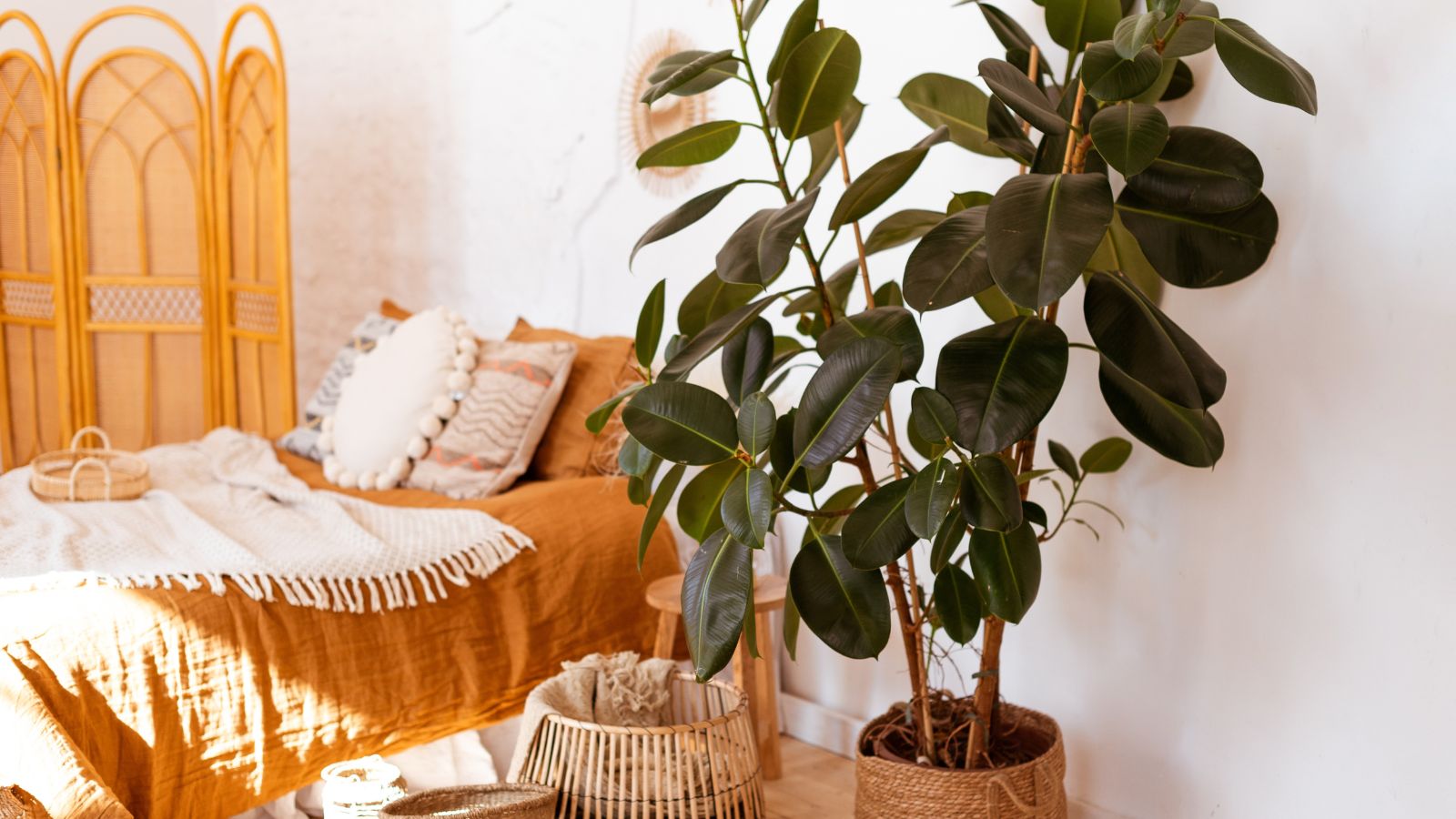
Generally, rubber plants prefer slightly moist soil, but they can drop leaves if they’re consistently too wet. Because of this, you need to ensure that you only water them when the top layer of soil feels dry to the touch. Make sure their pot has good drainage so water doesn’t pool at the bottom, and it should be good to go.
Orchids
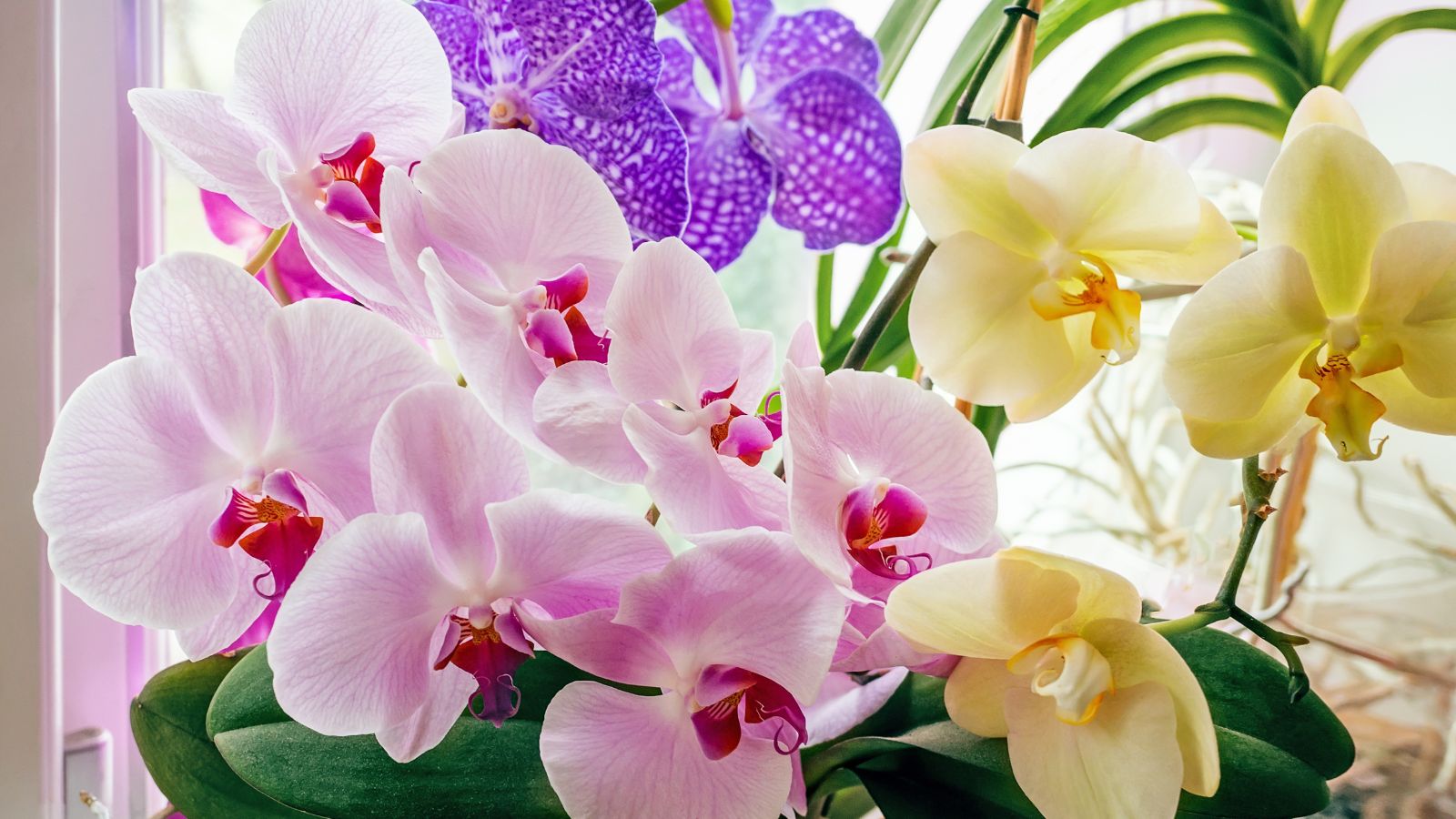
Orchids are tropical plants that like humidity, but that doesn’t mean that they’re heavy drinkers. On the contrary–too much water can rot their roots, causing the plant to wilt. Orchids thrive when watered sparingly, preferably about every week or so, and should be placed in well-draining pots. If you think they need the extra humidity, mist the leaves lightly rather than watering the whole plant.
Philodendron
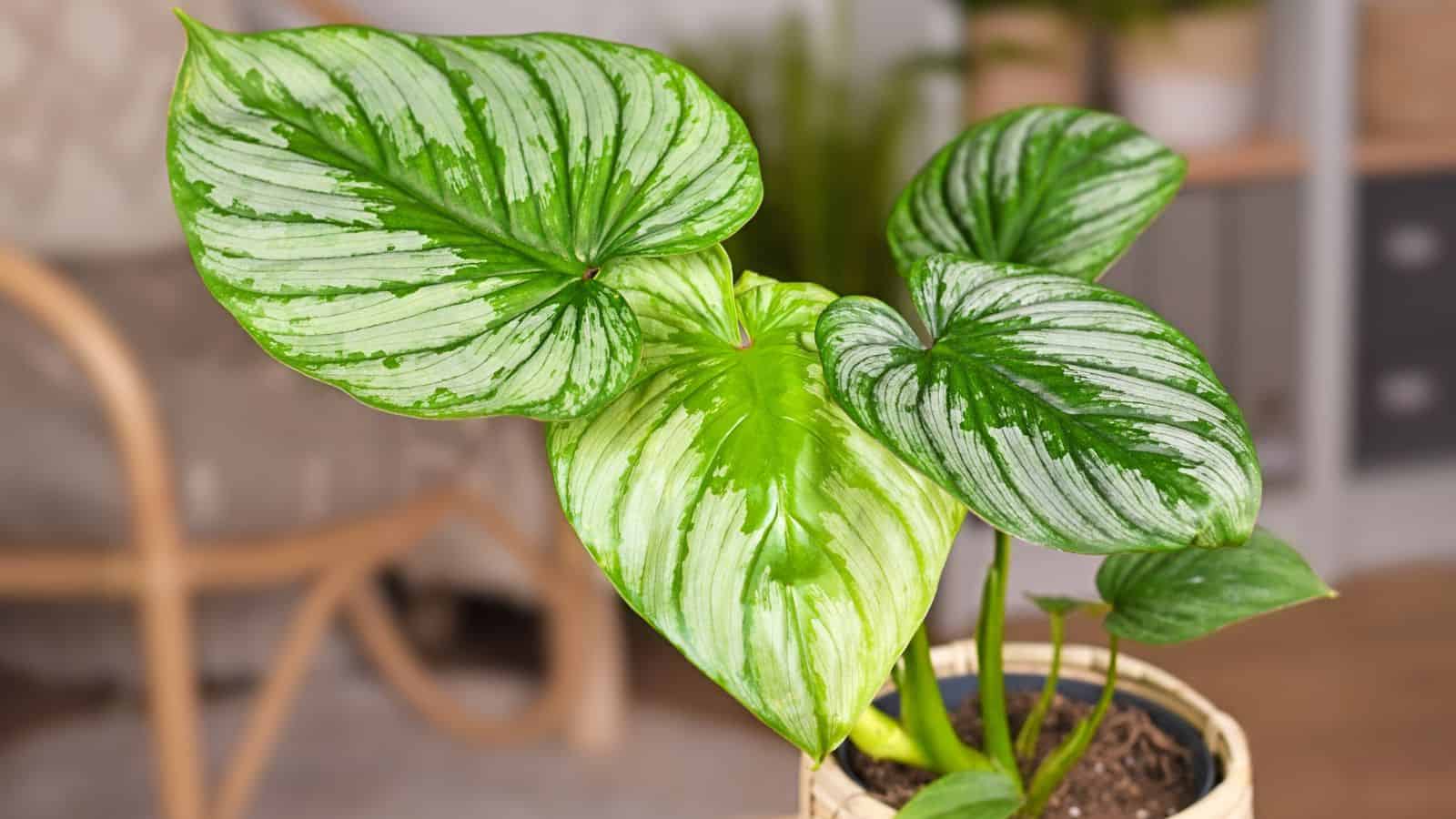
Philodendrons do well with moderate watering, but yellow leaves could mean that you’re overdoing it. Once again, you should let the top inch of soil dry out between waterings and avoid letting water sit in the tray under the pot. Ultimately, these plants prefer consistent moisture, but only in small, manageable doses.
Dracaena

Renowned for being highly sensitive to water, dracaena also prefers their soil to be on the dry side. This isn’t just about the amount, though, but the water quality and mineral content. Both overwatering or even just using tap water with too many minerals can turn their leaf tips brown. So, try switching to distilled water and adjust your schedule to water only when the soil feels mostly dry to the touch.
Lavender
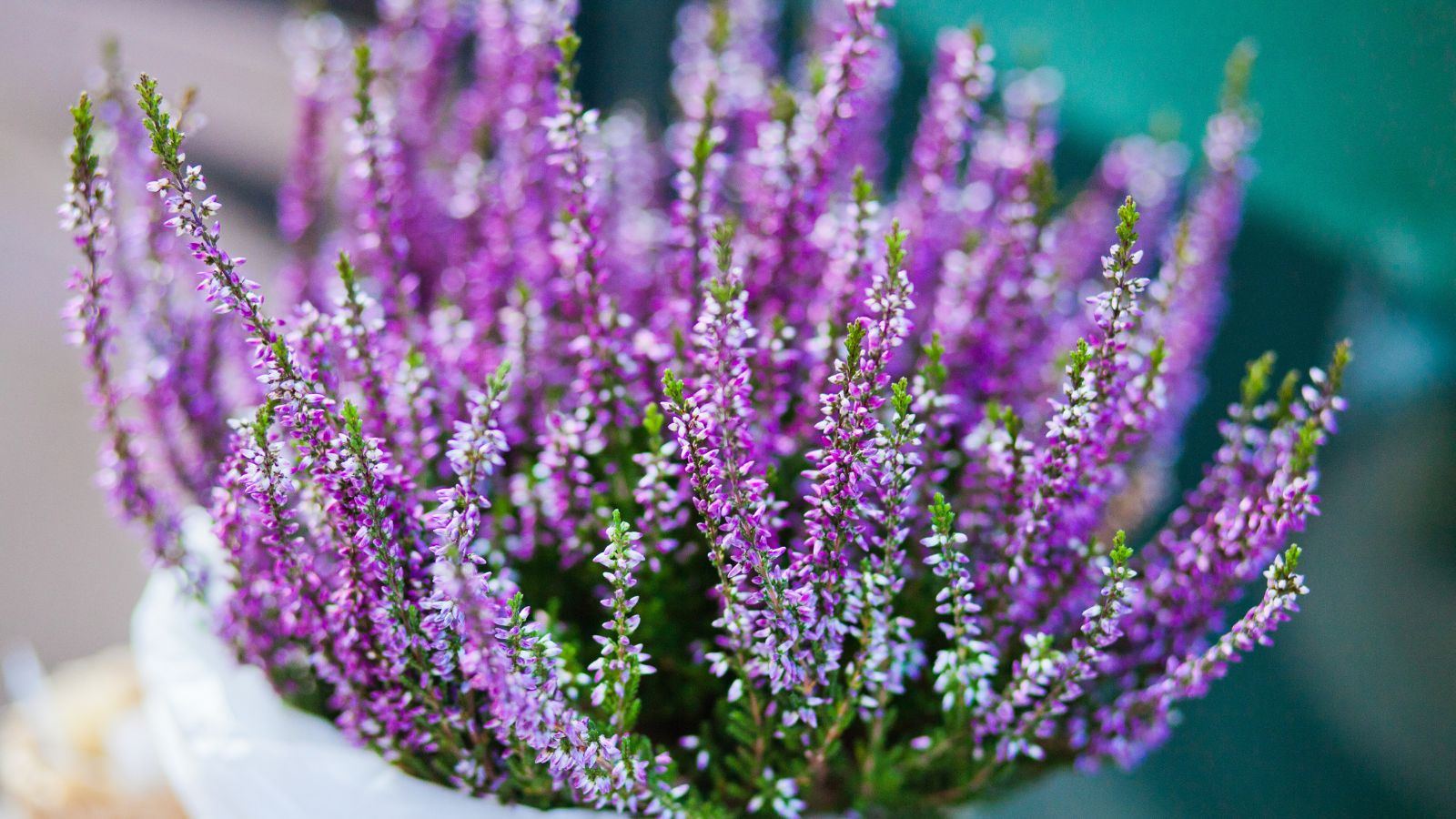
Last but not least, it’s important to remember that lavender doesn’t like overly damp soil, especially indoors. Thriving with less frequent watering, lavender is used to drier, sunny environments, so do your best to provide this. It may seem neglectful, but allow the soil to dry out completely between watering and place it somewhere it can get good sunlight. Meet these requirements, and your lavender will be back to normal before long.
